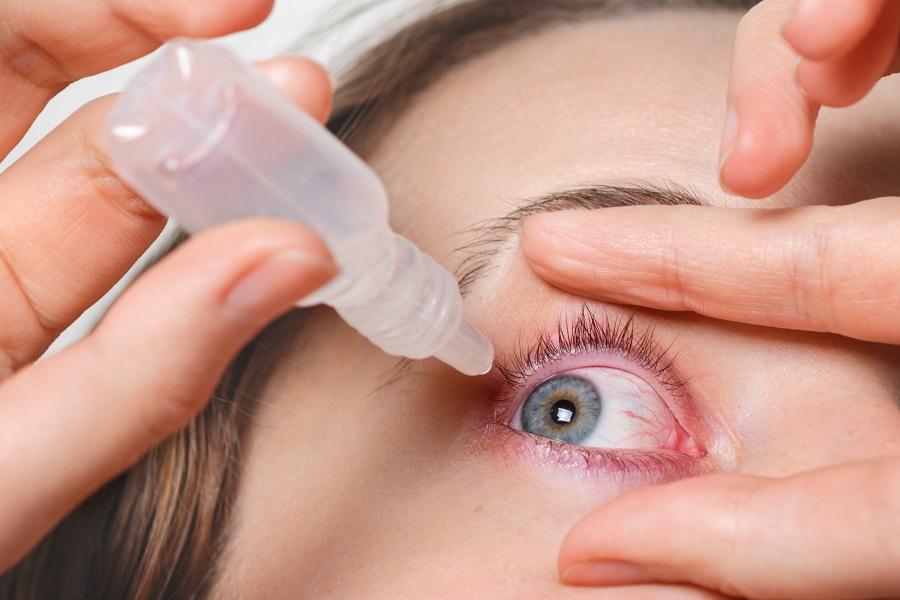Nearsightedness is one of the common visual defects that everyone can face after a certain age. According to recent research, more than 1 billion people worldwide are affected by presbyopia, that is, nearsightedness. Although it is a common eye problem, there are many methods that can be applied in the treatment of the disease. Various treatments such as surgical interventions and the use of glasses are among the known and proven treatments. Apart from these treatments, there are also different alternative methods that patients face. Here, eye drops have started to be evaluated among these alternative treatment methods. So is it really so? Is near vision impairment an eye problem that can be corrected with eye drops?
There are scientific researches that we can clearly answer the question. Let’s make our evaluation by considering these researches and answer the curious question.
Use of Drops Against Near Vision Impairment
Scientific research published through the National Library of Medicine focuses exactly on this issue. In the scientific research, we see that eye drops used in clinical trials between 2010 and 2020 were examined.
In 83.5 per cent of patients treated with pilocarpine-containing eye drops, there was a significant improvement in near vision. However, for these patients, the improvement was short-lived. After about 6 hours, the symptoms of improvement disappeared and vision started to deteriorate again.
In 47.6% of the participants who received another eye drop containing DPN-670 and Brimonidine, near visual acuity improved to some extent. However, the results were again short-lived.
So what is the answer to our question? Why is there a short-term improvement?
It is possible to correct nearsightedness with eye drops. But if you pay attention, we cannot say cure. It is possible to correct the disease, but this is valid for short periods of time.
The use of many various drops can solve the problem of near vision for a short time. The reason for this is that the eye drops shrink the pupil. As the pupil shrinks, focusing and depth increase. In this way, clarity is achieved in near vision.
But Caution!
While near vision is improved for a short time, your far field of vision narrows as your pupil shrinks. In other words, we can add that the far field of vision is narrowed as a disadvantage. Apart from this, the drops we mentioned can also cause side effects such as watery eyes, redness, blurred vision and headache.

Conclusion;
The conclusion we can draw from all this research is that yes, eye drops can provide relief of nearsightedness. However, this is a short-term effect and there may be various side effects. It should not be forgotten that for a permanent treatment, it is necessary to consult a specialist physician and determine the most appropriate treatment method.
Additional Information on Presbyopia for the Curious
During the research, data on nearsightedness were also shared. Since we think that it is directly related to our topic, we will be adding information about this data below.
- Global Data: According to the research, Presbyopia is a disease that affects more than 1 billion people worldwide. This number is expected to reach 1.8 billion by 2050.
- Regional Data: According to the data obtained for 2020, presbyopia affected 89.9 million people in North American regions. In the European region, these numbers go up to 280.8 million.
- PresbyLASIK application: In this method applied against presbyopia, it was observed that the rate of spectacle independence as well as the rate of leaving glasses varied between 72% and 93%.
Source
- https://www.ncbi.nlm.nih.gov/pmc/articles/PMC7299227/


